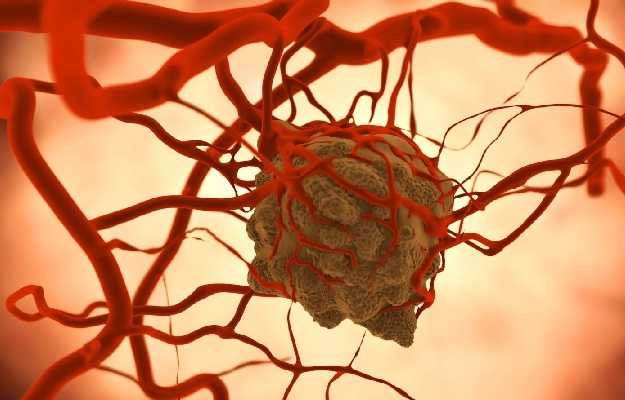Cancer Care Challenges in Acute Myeloid Leukaemia
Acute myeloid leukaemia (AML) presents health challenges worldwide, particularly in low and middle-income countries. In India, the burden of AML is acute, with late-stage diagnoses and limited access to advanced treatment options. Despite global advancements in cancer care, disparities remain evident in patient outcomes, especially in rural areas. Addressing these challenges is crucial for improving survival rates.
About Acute Myeloid Leukaemia
- AML is the most prevalent type of leukaemia in adults.
- It is characterised by the rapid proliferation of abnormal blood cells, known as blasts.
- This disease affects blood and bone marrow, leading to severe complications if untreated.
- The median age of diagnosis in India is lower than in high-income countries, with patients often presenting at age 40.
- Unfortunately, late-stage presentations are common, resulting in poorer prognoses.
Barriers to Effective AML Care
- Several barriers hinder the effective management of AML in India.
- These include disorganised referral systems and inadequate diagnostic facilities.
- Many patients face delays in treatment initiation due to poor hospital infrastructure and lack of access to advanced therapies.
- Financial constraints also play a critical role, as many patients struggle to fund their treatment.
- Government schemes exist but often do not cover initial diagnostics, causing further delays.
Impact of Socioeconomic Factors
Socioeconomic status affects access to AML care. Patients from rural areas experience heightened challenges, including logistical issues related to travelling for treatment. Public hospitals often face resource shortages, while private facilities may be financially inaccessible. This disparity necessitates a more nuanced approach to healthcare delivery.
Government Initiatives and Solutions
The Government of India has implemented initiatives like the Ayushman Bharat scheme to improve cancer care accessibility. However, further action is needed. Solutions include raising awareness among primary care physicians for better referrals, decentralising diagnostic services, and ensuring systematic reporting of AML cases. Creating a dedicated healthcare workforce and establishing public-private partnerships can enhance resource availability.
Improving Healthcare Infrastructure
Strengthening healthcare infrastructure is vital for improving AML outcomes. This includes developing standardised treatment guidelines and enhancing access to novel therapies. Policy changes should focus on including low and middle-income countries in clinical trials and ensuring the availability of quality generic drugs.
Enhancing Patient Navigation
Navigating the journey from diagnosis to treatment is complex for AML patients. Barriers such as access to diagnostics and treatment options can impact outcomes. By improving early diagnosis, expanding treatment access, and making care more affordable, the healthcare system can better support patients.
Month: Current Affairs - February, 2025
Category: Health Current Affairs








